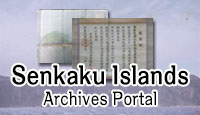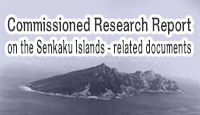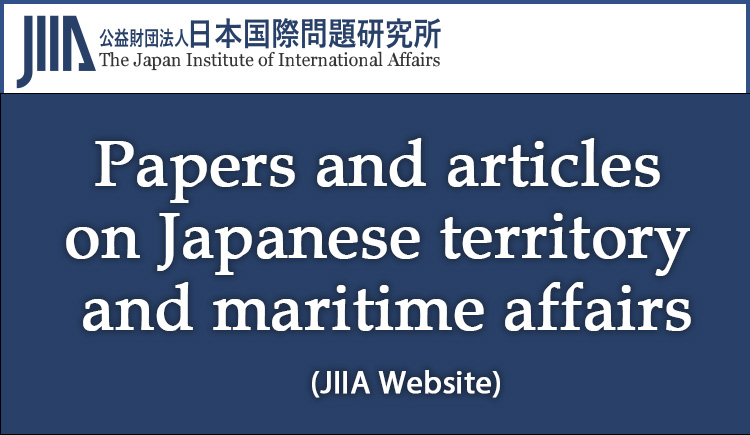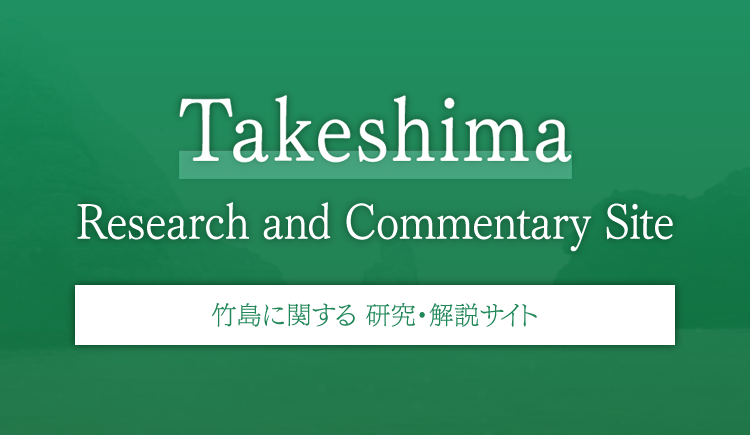The documents and materials published on this website were collected, researched, and prepared with advice from experts, as a part of a Government-commissioned project. The contents of this website do not reflect the views of the Government. Links to external sites (domains other than https://www.cas.go.jp) are not under the management of this site. For linked websites, please check with the organization/group that manages the website for the link in question.
Commentary on themes by historical period
Classification by historical periods IV
From postwar, until the
manifestation of the movement toward the reversion of Okinawa to Japan
(5) Academic and scientific surveys
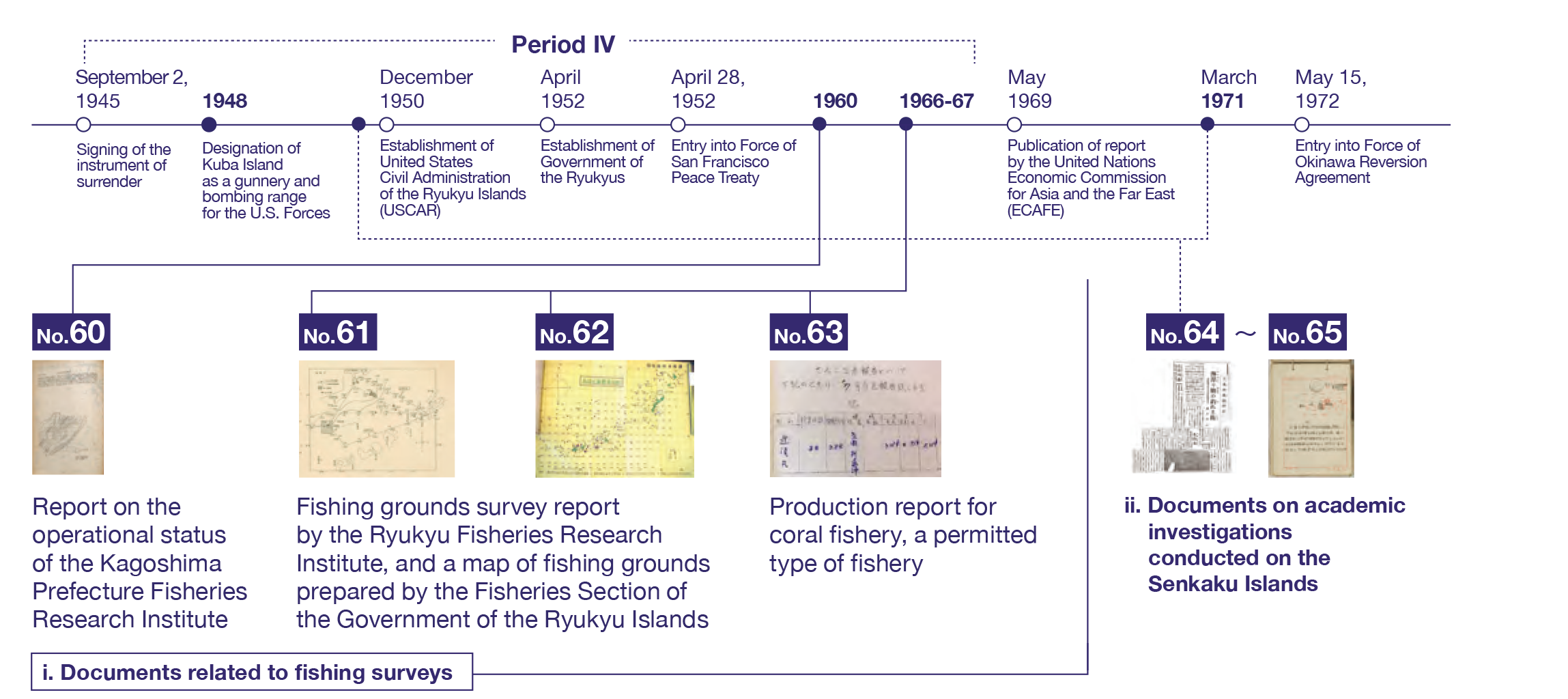
i. Surveys of the Senkaku Islands and use of the fishing grounds in the waters around them
The waters around the Senkaku Islands had been used as fishing grounds both during pre- and post-WWII
periods. At the beginning of the 1950s, the Ryukyu Fisheries Research Institute conducted fishing
grounds surveys on migratory fish and surveys on sea conditions, among others, while fishermen from
Kyushu began to engage in fishing operations for skipjack and marlin, as well as a trawl-net fishery.
Results of surveys on fishing grounds and catch levels have been reported by the Kagoshima Prefecture
Fisheries Research Institute and the Fukuoka branch of the Fisheries AgencyNo.60.
In 1953, as the designation of the Syngman Rhee Line meant that fishermen from mainland Japan were excluded from the mackerel fishing grounds around Jeju Island, the continental shelf of the East China Sea around the Senkaku Islands was viewed as potential new fishing grounds for mackerel. To that end, in 1954 and 1959, a joint survey was conducted there by the Nagasaki Prefectural Fisheries Research Institute and the Ryukyu Fisheries Research Institute.
Even though the U.S. military stationed in Japan continued to use the islands for bombing exercises,
the waters around the Senkaku Islands were used by fishermen as good fishing grounds during the
postwar period of recovery for the fishing industry. Surveys were conducted by research
institutesNo.61
No.62.
In a document reporting on the production of corals in the context of licensed fisheries in 1967, we
found descriptions that include the offshore areas of each of the Senkaku Islands in one of the
fishing grounds for coralsNo.63.
ii. Postwar academic surveys
Academic surveys of the Senkaku Islands conducted after WWII started with a survey by Tetsuo TAKARA
in 1950. Based on his experiences during this time, he contributed an article introducing the natural
environment of the Senkaku Islands in a newspaper for childrenNo.64. Thereafter, TAKARA formed survey teams in 1952, 1953, 1963, and 1968 to
conduct academic surveys of the Senkaku Islands. Many local researchers, particularly from the
University of the Ryukyus, participated in these surveys.
After that, the University of the Ryukyus conducted another survey in 1971. For this survey, a team
comprising 15 experts, including professors from the University of the Ryukyus, was formed. The team
carried out surveys of animals, plants, geology, water quality, and marine observations at the Senkaku
Islands, as well as a comprehensive survey of the fishing grounds. One trait of this 1971 survey was
that it was a joint project between the University of the Ryukyus and the Government of the Ryukyu
Islands, and featured, for example, the use of the Tonan Maru, a research vessel owned by the Ryukyu
Fisheries Research Institute (*1) of the Agriculture and Forestry Department of the
Government of the Ryukyu IslandsNo.65.
In 1979, an academic survey was conducted by the Okinawa Development Agency of the Government of Japan. This included surveys on geology, land and marine animals, and plants, among others, and contributed to the accumulation of valuable academic knowledge about the Senkaku Islands.
*1 The Ryukyu Fisheries Research Institute was renamed as the Ryukyu Fisheries Experiment Station on October 1970.
Summary: Administrative agencies and research institutions conducted surveys and investigations on the Senkaku Islands after WWII just as they had done before the war, and have deepened their knowledge and insights about the islands.
Senkaku Islands
Research and Commentary Site
- I Comprehensive issues
- II Commentary on themes by historical period
- III Analysis of claims by other countries

